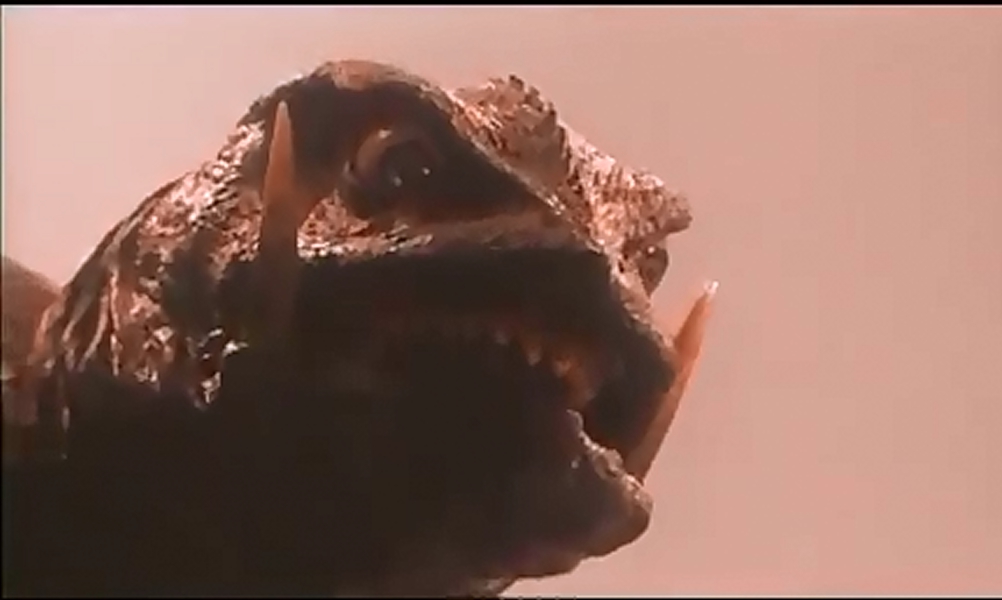
The 1995 Gamera, Guardian of the Universe begins with talk of the advanced civilization of Atlantis. This is one of the aspects of of the original Gamera film that was left by the wayside in subsequent films. Gamera was from Atlantis, although in the original series, he was a demon of destruction, where here, he is much more friendly. The new Gamera series is not set after the previous Gamera films. Giant monsters are new to the characters.
This is a film that knows its roots. In homage to the original Godzilla, the film takes the audience to an island that has been wrecked by a mysterious and unseen force. In another nod, tghis time to Jurrasic Park, the bird expert plumbs a gigantic bird poop. There's another call-out to Godzilla as a woman at the supermarket complains about the price of fish, there's a train scene, with a pedigree that stretches all the way back to King Kong. And when it gets to Tokyo, well, Tokyo Tower gets broken. And just to prove that he's seen the last Gamera vs Gyaos, Gyaos loses a foot. And in the last five minutes, Gamera absorbs the heat and flame of the exploding oil refinery, another aspect, Gamera's hunger for heat, that was lost as the series went on.
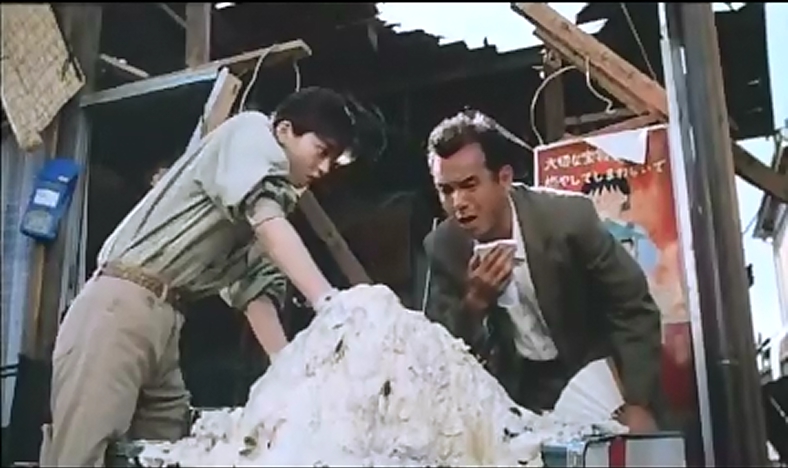
The Gyaos of this film are similar to the ones in the original Gamera vs Gyaos. More bats than birds, there isn't any discussion of the two throats, but they certainly have the sonic cutting breath weapon. They also kill people. And pets.
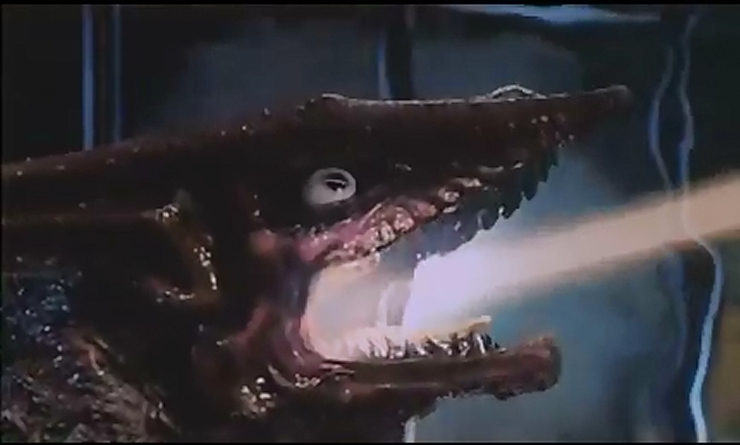
Gamera is as he ever was. Right down to the squeaky belt roar. The suit has been improved, and so have the breath weapon special effects. Gamers not fires off balls of fire, rather than a blowtorch. At first, because he's moving slowly in the ocean, he mistaken for a floating island. But Gamera is no lionger the destroyer of a forgotten civilization. He's the protector agaist the Gyaos. When initially discovered, a number of talon-shaped talismans were discovered. This provides a link between the girl protagonist (who is fourteen or fifteen, sidestepping the hugely annoying boy protagonists of the previous films).
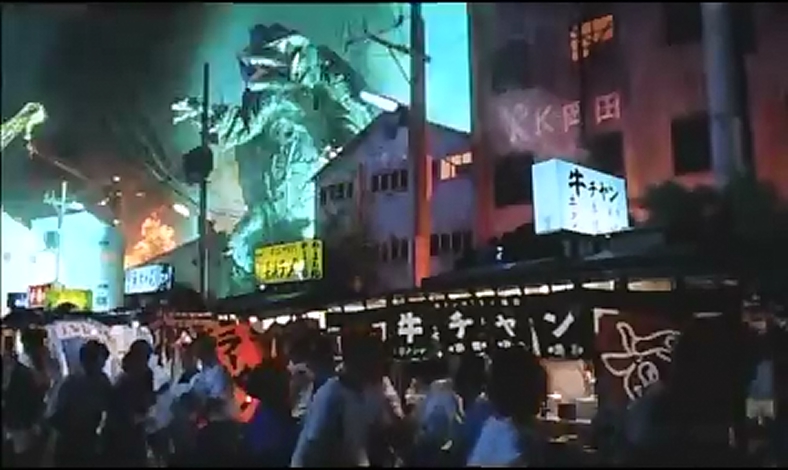
This talisman provides a psychic link between Gamera and Asagi Kusanagi, who holds it. When one it hurt or wounded, the others shows signs of it. In the end, however, we learn that it's powered by love, and with extra love, the wounds go away. Gamera is healed when Asagi's father holds her hand. This repeats at the endof the film. It's kind of weird and not well explained, but at least it's something that occurs after the movie is over, rather than disrupting the film with something clunkingly dumb.
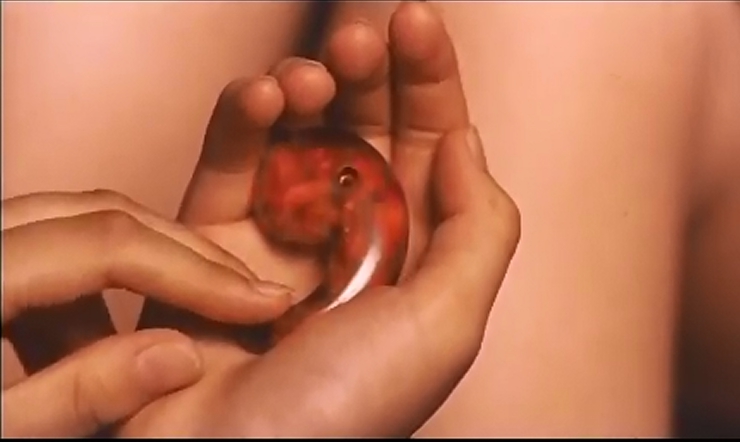
Gamera and Gyaos are both products of Atlantean genetic engineering. It's interesting to note the change in Japanese films towards technology. Although Godzilla was initially created by the nuclear bomb, the series started out as very positive towards technology, and negative towards the military. Technology would save us from the monsters. Godzilla was initially defeated by the Oxygen Destroyer. New technologies were constantly being rolled out to combat the monsters. Here, the trend has reversed itself. Genetic eingineering created these monsters, which then destroyed the civilization that birthed them.
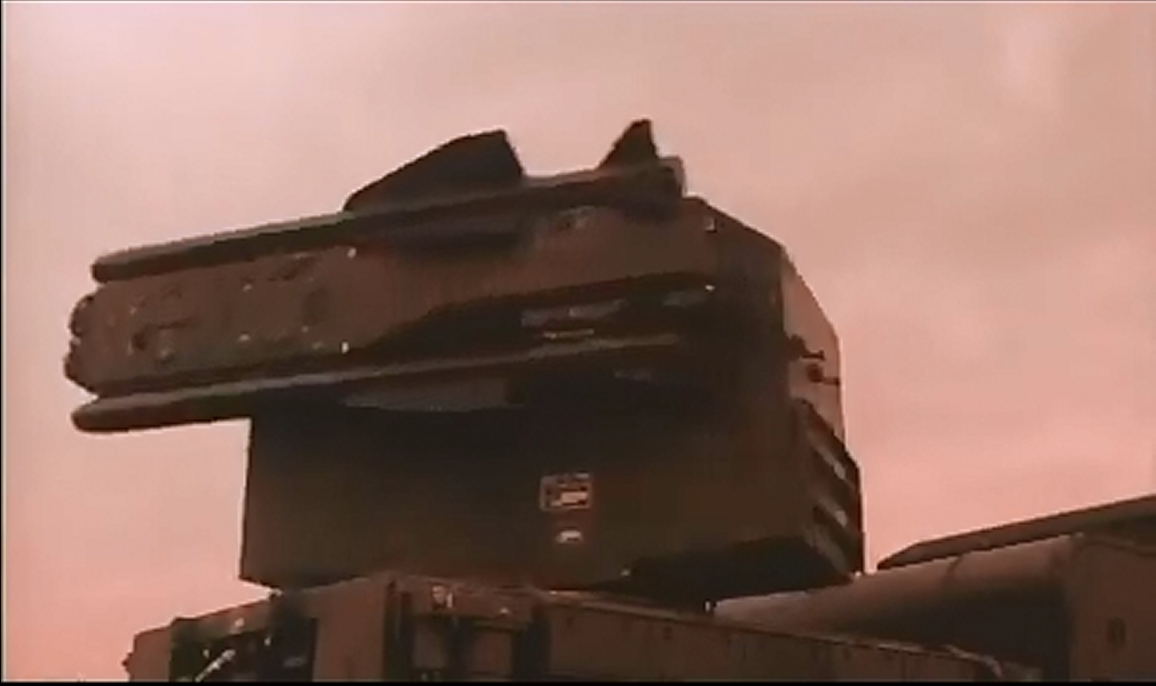
And like many Godzilla films, specifically, Godzilla vs Mothra and Godzilla vs Hedorah, this film touches on environmental issues. But it does so with a pretty light touch. The Gyaos awoke because the environment has changed enough that they are again comfortable, an idea recycled into Pacificf Rim. And Gamera has returned in response to his natural prey being active again, which was a touchstone of 2014 Godzilla. When the military fires missiles at Gyaos, it loops around, and the missiles strike Tokyo Tower, which is similar to a scene in the 1998 Godzilla. Kaneko's Gamera is clearly influential on many of the kaiju films that follow it.
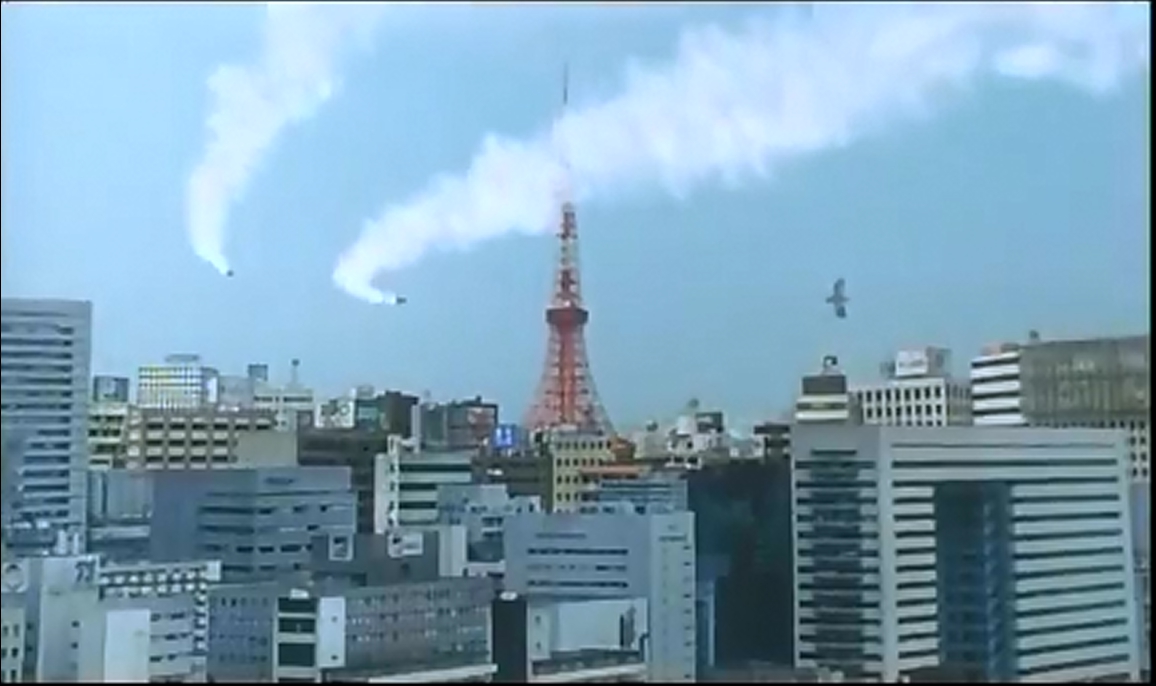
In its initial analysis, the government advisors decide that Gamera ios the greater thread, even though it hasn't killed anyone, the way the Gyaos have. The actively incompetent bureacerat is a new stock character that will show up more as the nineties pass into the millennium. It's an easy way to misdirect the forces of the film, and stretch out the idea. But it's not offensively abused here.
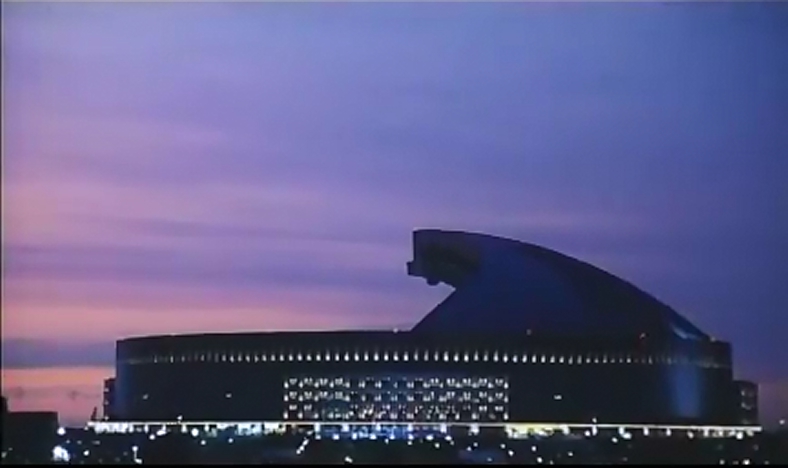
One of the central scenes of the film takes place on a footbridge. The woman scientist is carryign a baby (of course) across a bridge and stumbles (of course). Our protagonist is saved at the last moment by Gamera's fire breath. One more shot, and one of the three Gyaos are down. One remaining Gyaos uses its sonic cutting beam, but Gamera puts a claw in front of the beam, saving the humans. And then the battle is over. But it's an excellent piece.
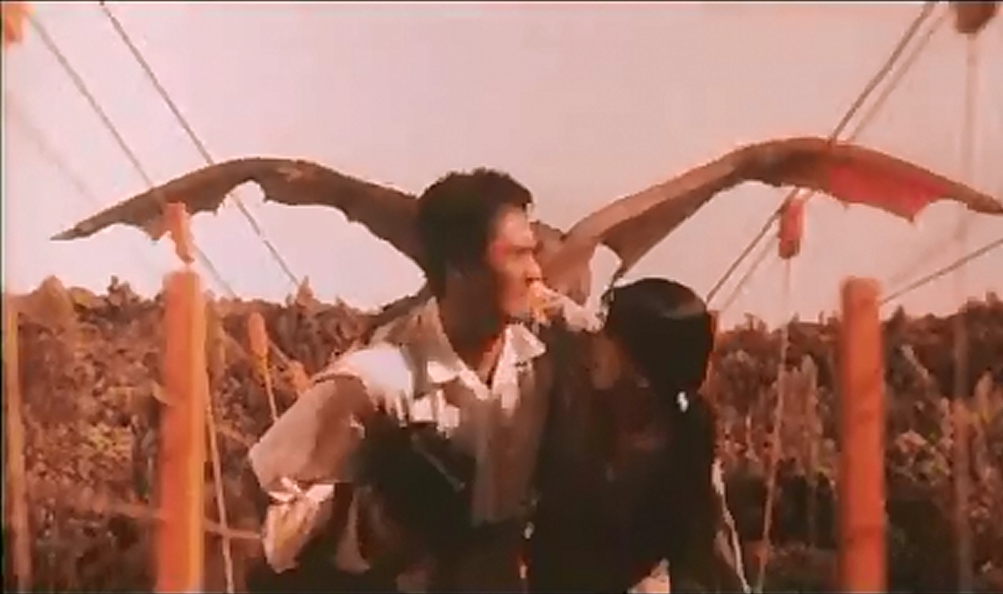
There's a lot of military showing off, trucks going here and there, large pieces of hardware shifting and then locking into place. Because it is initially misdirected, believing that Gamera is the greater threat, missiles are launched at Gamera, knocking him out of the sky. From there, the military pounds away at him until the Gyaos shows up. Even as Gamera is retreating, the military continues to fire on him, rather than Gyaos.
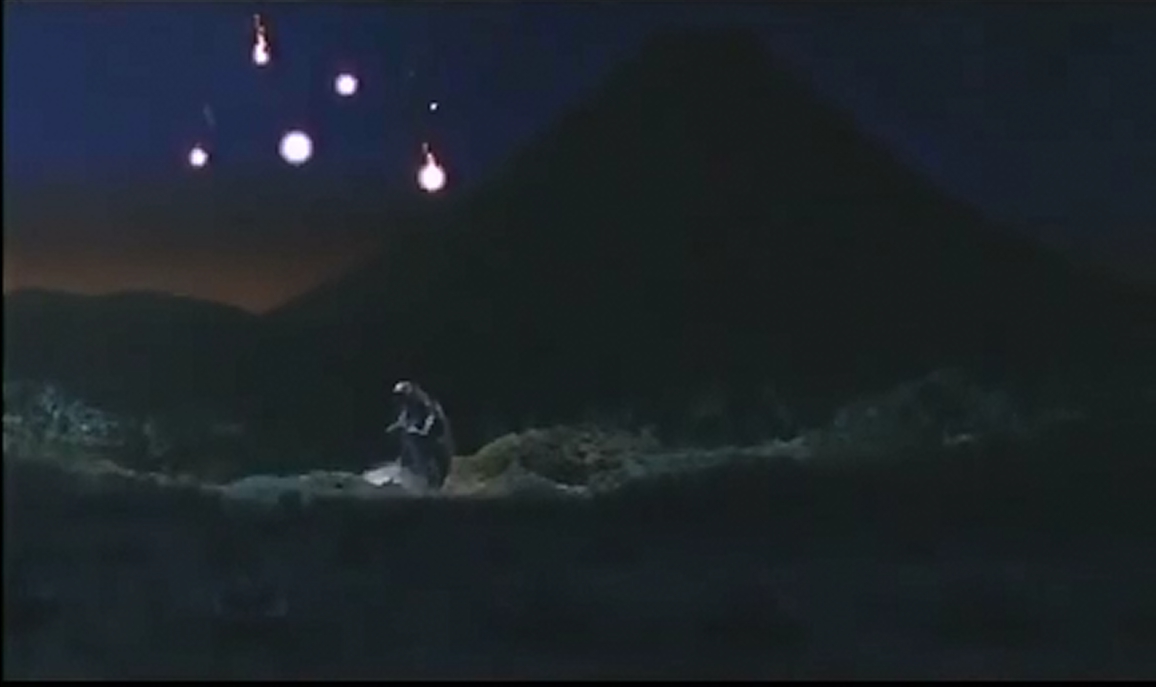
And man, does Kaneko love his explosions. Gmaera unleashes a barrage of fire, each one missing the fast-moving Gyaos, and Tokyo erupts in flames. Gamera may be humanity's prtector, but he clearly doesn't mind doing a few billion yen in property damages. The final confrontation between Gyaos and Gamera takes place in the midst an oil refinery. The final fight is surprisingly quick. Gamera doesn't deploy a new weapon, but uses his firey breath, which we saw was quite effective against the previous Gyaoses.
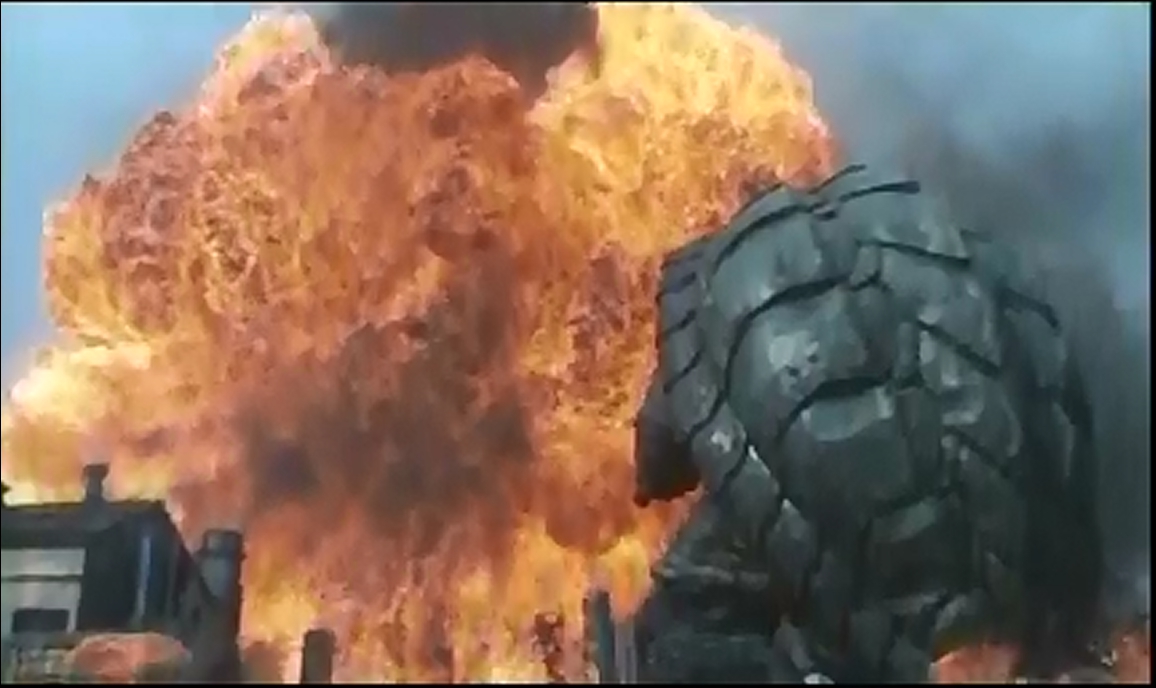
Gamera, Guardian of the Galaxy is an excellent kaiju film. The human characters are interesting, the monster fights are satisfying, and the plot isn't embarrassing. And it was done for a twentieth of the budget of Toho's Godzilla vs Destoroyah. The truly amazing part is that film got off the ground at all. Gamera is not a well-respected franchise, certainly not by me. But when a talented writer and an innovative director set their minds to making a film they want to see.
With Godzilla on hold, the 1996 sequel, Gamera: Attack of Legion is next.
No comments:
Post a Comment